Disclaimer: Just so you know, if you order an item through one of our posts, we may get a small share of the sale.
If you’re going to make a kids’ movie, you’d better have at least one scene of profound sadness. Otherwise, children might grow up believing that the world is a fundamentally good place, and we can’t have that, now, can we?
Looking back at some of our favorite movies from childhood, we realized that ’90s kids had it rough. We were the first generation with reliable access to video cassettes, and we watched some of the most emotionally draining scenes ever put on film—over and over again. Maybe that’s why we spent so much time playing with Pogs; once you’ve seen Mufasa die for the hundredth time, you’re going to need some sort of a distraction.
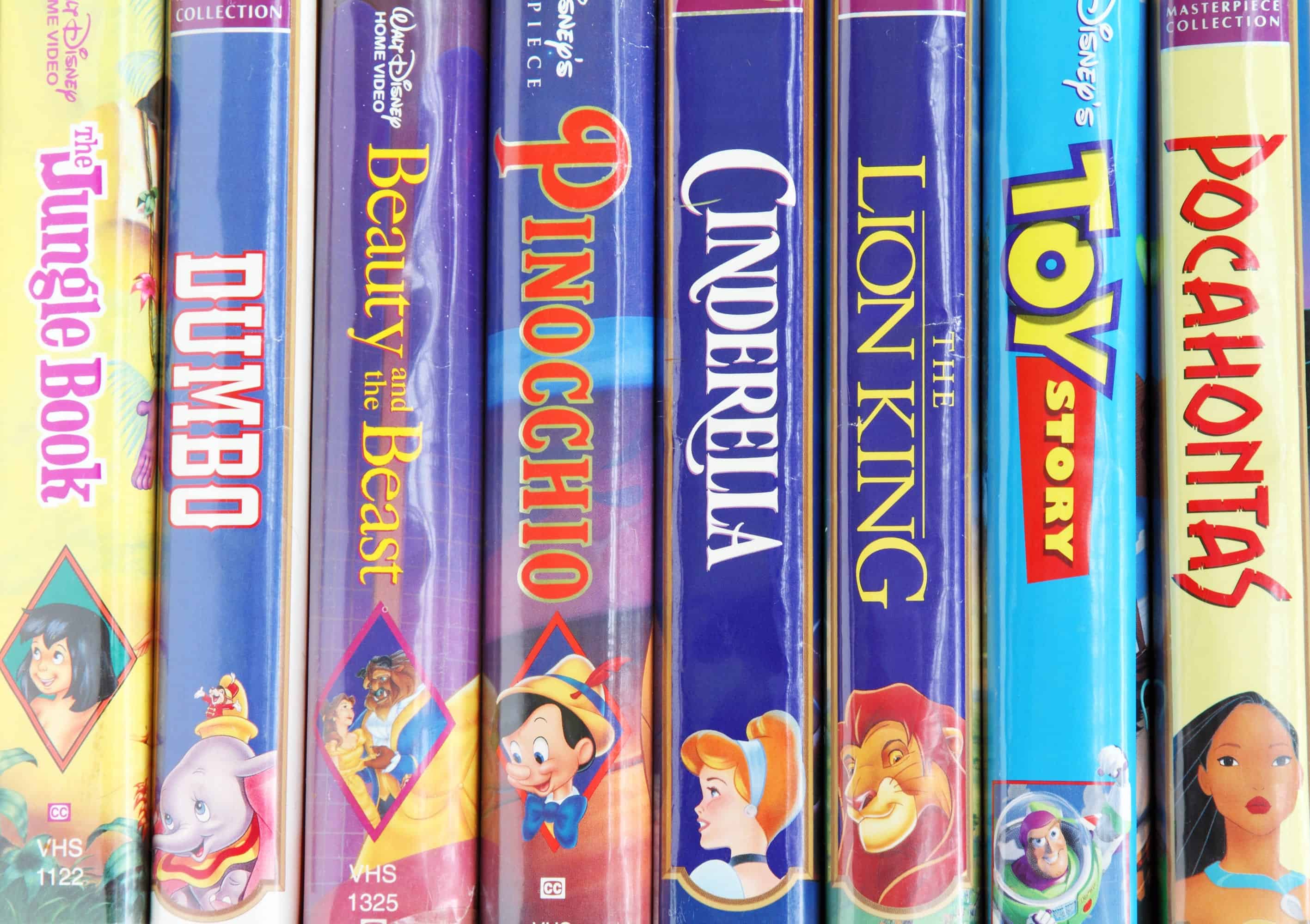
These days, kids’ flicks still contain the occasional heartbreaking moment, but in the late ’80s and early ’90s, filmmakers really knew how to bring on the waterworks. Below, we compiled a few of our favorite examples. Try to make it through this list without developing a deep sense of existential sadness, then tell your kids it’s time for movie night.
1. The Neverending Story has a horrifyingly dark moment.
The Neverending Story is one of the greatest kids’ fantasy films ever produced, and it’s also one of the best films about the importance of reading (ironically, adapted from a book that we never actually read). The oldest film on this list, it started making children cry in 1984.
It follows 10-year-old Bastian Balthazar Bux, who’s ruthlessly bullied for his love of books (also, his name was Bastian Balthazar Bux—come on, parents, you’re basically daring the bullies to do their worst). He finds a magical book that transports him to the world of Fantasia, where he fights against the vague evil of The Nothing with the help of his magical friends. The Nothing, by the way, symbolizes the cruelty and unimaginative cynicism of adulthood, and that’ll be real important in a few seconds.
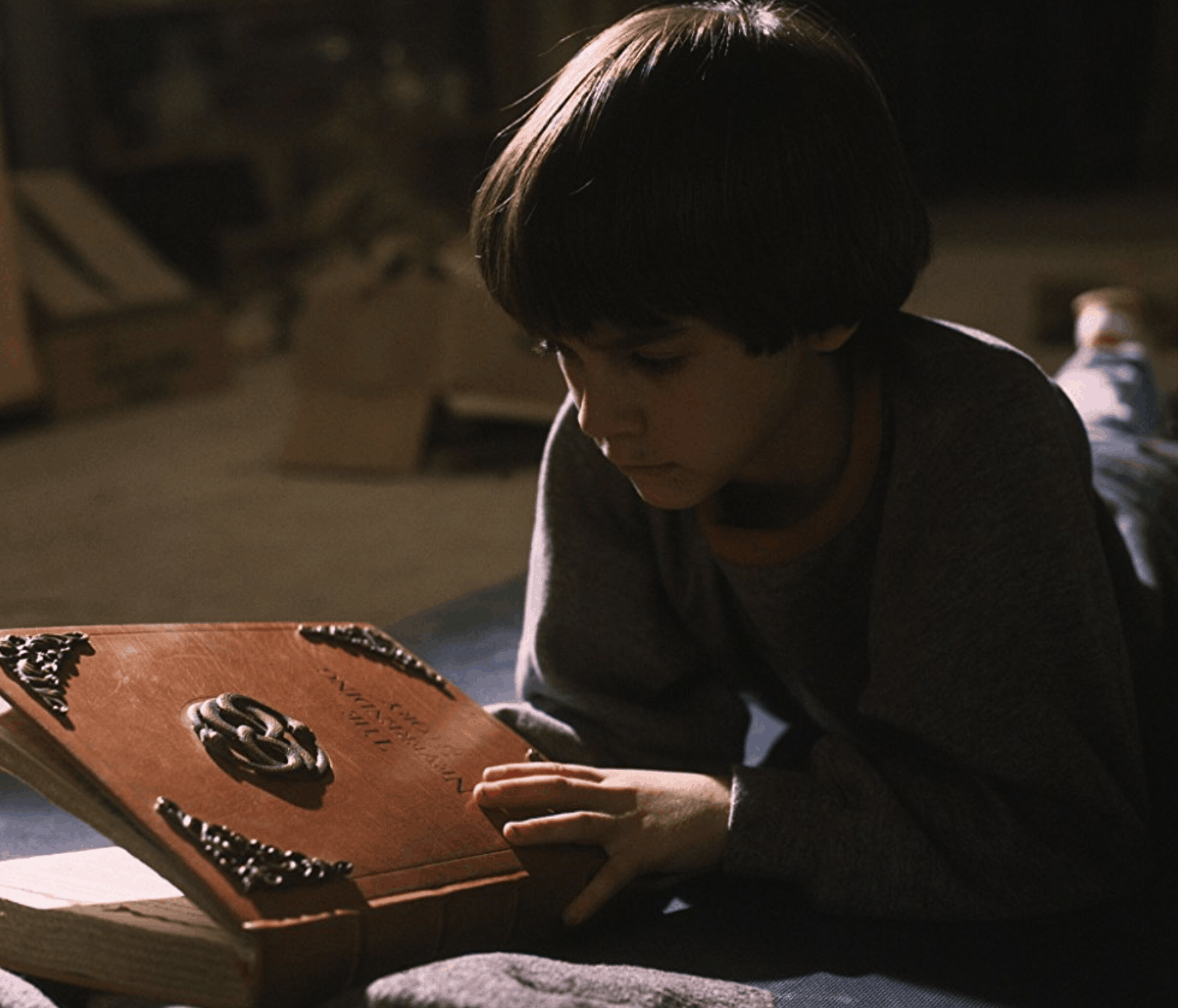
For the first part of the movie, Bastian’s accompanied by a horse named Artax, and if you’ve seen the film, you know where this is going.
The scene: To complete their quest, Bastian and Artax must pass through the Swamps of Sadness, which are—get this—swamplands that bring about sadness. Fortunately, Bastian has Auryn, a medallion that helps him make his way through the wetlands. He focuses on positive thoughts and manages to avoid sinking into the (literal) quicksand of depression.
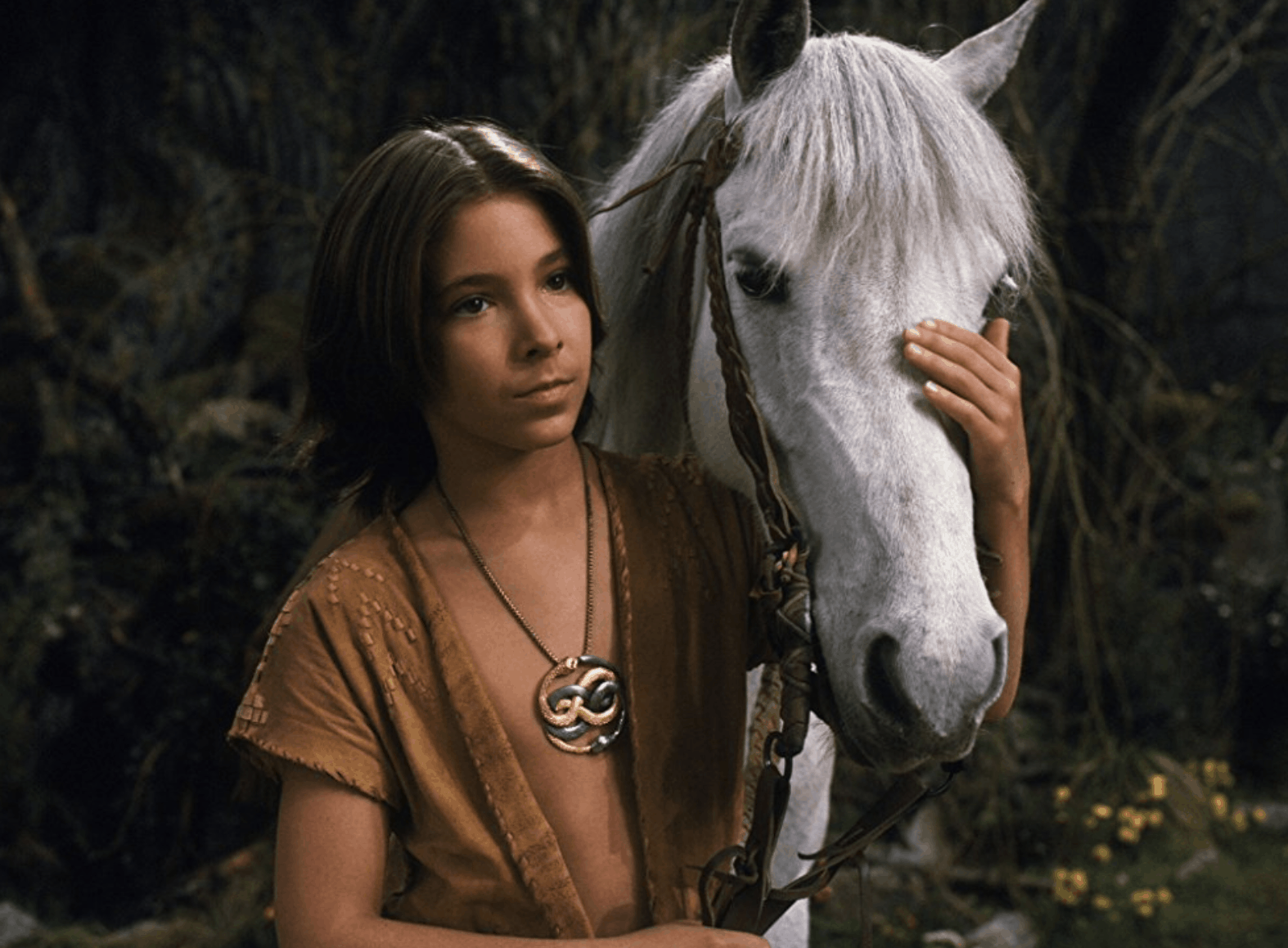
Artax, unfortunately, is a dumb horse. He has no medallion, and he doesn’t understand the concept of positive thoughts. In fact, he doesn’t understand much of anything—he’s a horse. If Bastian had just stayed at home, Artax would be happily munching on some oats back at the stable.
As Bastian watches in horror, Artax sinks slowly into the swamp, and Bastian can do absolutely nothing. He yells at his friend and begs him to keep moving forward, but Artax drowns, because hey, what’s a children’s story without the totally unnecessary passing of a beloved animal companion?
Why it bothered us: The scene helps to establish stakes for the story, we suppose, but it’s also a pretty brutal metaphor for depression right in the middle of a starry-eyed kids’ movie.
As children, we didn’t understand why Artax couldn’t just move his big equine butt a few extra feet; as adults, we know that it was because he was savagely depressed, but that certainly doesn’t make it any better. Shouldn’t he have been thinking about carrots or hay or something?
https://twitter.com/SuperApple80/status/1040794094870642688
In any case, Bastian is able to bring Artax back at the end of the film, but not before ’90s kids picked up enough trauma for a few decades’ worth of psychiatric appointments.
Watch The Neverending Story on Amazon here.
2. In retrospect, The Brave Little Toaster was pretty horrifying.
The film, first released in 1987, follows the titular toaster (we love the phrase “titular toaster,” by the way) as he tries to find his human family after they sell their house—appliances included.
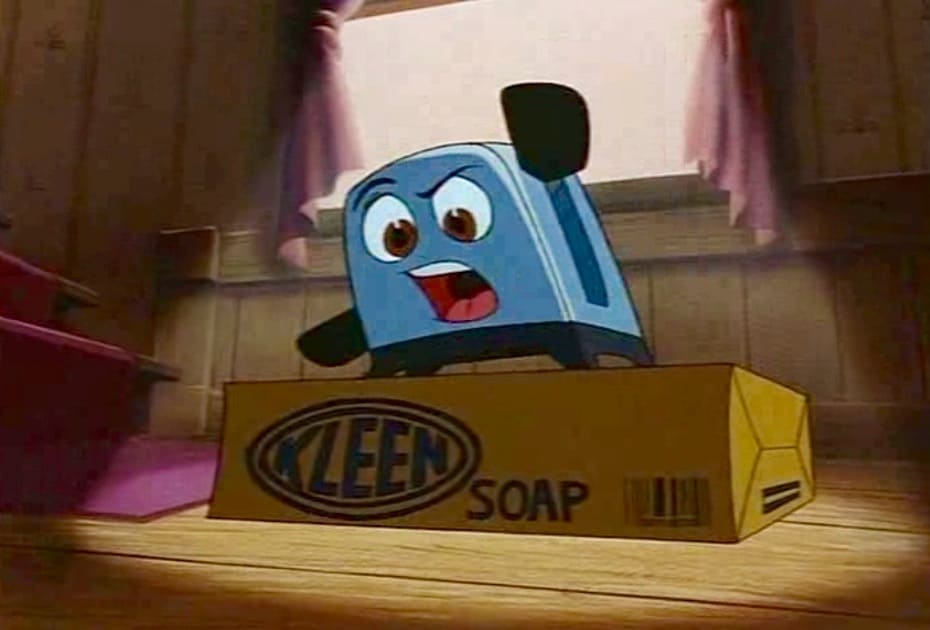
He’s accompanied by his friends: a lamp, “Lampy,” a blanket, “Blanky,” and a vacuum cleaner, “Kirby.” Apparently, the screenwriters thought “Sucky” would be a little inappropriate. The friends set out on an amazing adventure filled with laughter, outrageous hijinks, and the crushing realization that they’re all going to die.
Wait, what?
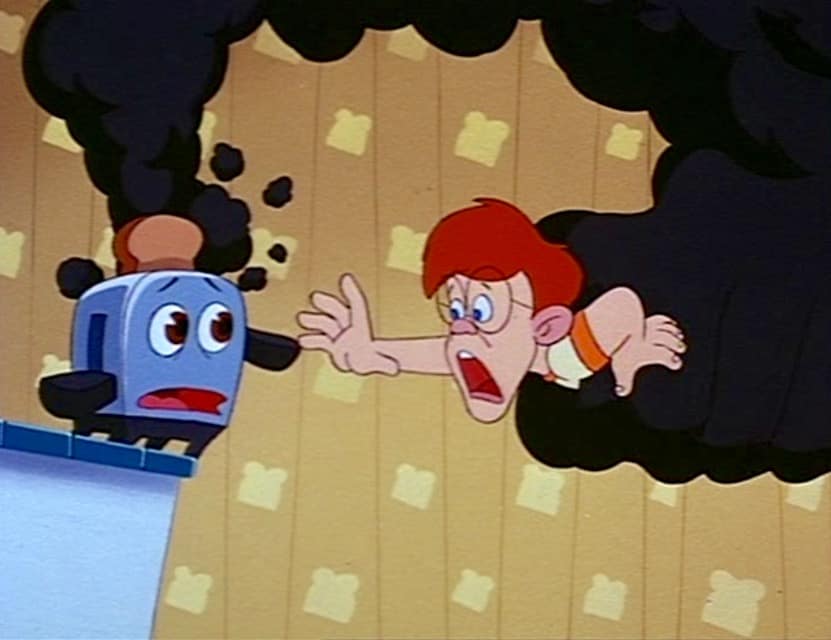
Yes, The Brave Little Toaster is sort of an existential horror movie. The appliances don’t age, so theoretically, they could live forever, but they’re routinely broken by their human owners and harvested for spare parts. It’s disturbing stuff for a kids’ movie, but we can get past all of that; we just can’t get past Blanky’s voice in one of the film’s saddest scenes.
The scene: The titular toaster leads his friends through a swamp, and one by one, they’re caught in a patch of deep mud. Kirby goes first, shouting “help me” as the other appliances use their power cords to try to pull him free. Lampy is next; he contemplates the horror of his friend’s apparent demise while failing to notice that the mud’s slowly consuming him.
The A/C is broken because it was set to 73° but could never quite reach it so it worked itself to death *flashes back to that scary scene from the Brave Little Toaster*
— lauren (@laurkspur) August 6, 2018
Seriously, this stuff was in a children’s movie. Thanks, 1980s.
Then, Toaster watches as Blanky is sucked down. He pleads with his friend to let go, but it’s too late. That’s when Blanky utters what he believes are his final words: “I’m not scared.”
Why it bothered us: If you watched that scene, you just saw a kids’ blanket grimly accept his life’s end. For some reason, that’s infinitely sadder than what happens to Lampy or Kirby. They sank, sure, but they made jokes about it. When Blanky sinks, everything suddenly gets super serious.
We remember watching this as kids, our Shark Bites fruit snacks falling out of our open mouths as we realized what had just happened. It’s heavy stuff. Also, what’s with ’80s kids’ movies and giant pits of mud? Was that a thing in the ’80s?
Watch The Brave Little Toaster on Amazon here.
3. The Land Before Time didn’t pull any punches.
Here’s a fun fact: The Land Before Time, which first jerked tears in late 1988, is not a Disney film. Surprised? For some reason, we always lump this one in with Bambi and The Lion King. Actually, the reason for our mixup is obvious: They all involve the main character losing a parent. It’s a classic Disney move.
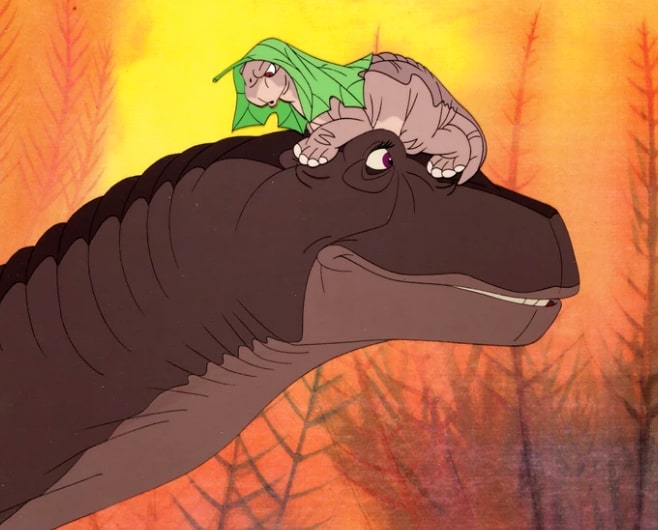
Anyway, The Land Before Time is an animated feature from 1988, produced by animation legend Don Bluth with heavyweight executive producers like Steven Spielberg and George Lucas. It tells the story of Littlefoot, a young Apatosaurus, on his quest to find the Great Valley, which is some sort of dinosaur paradise.
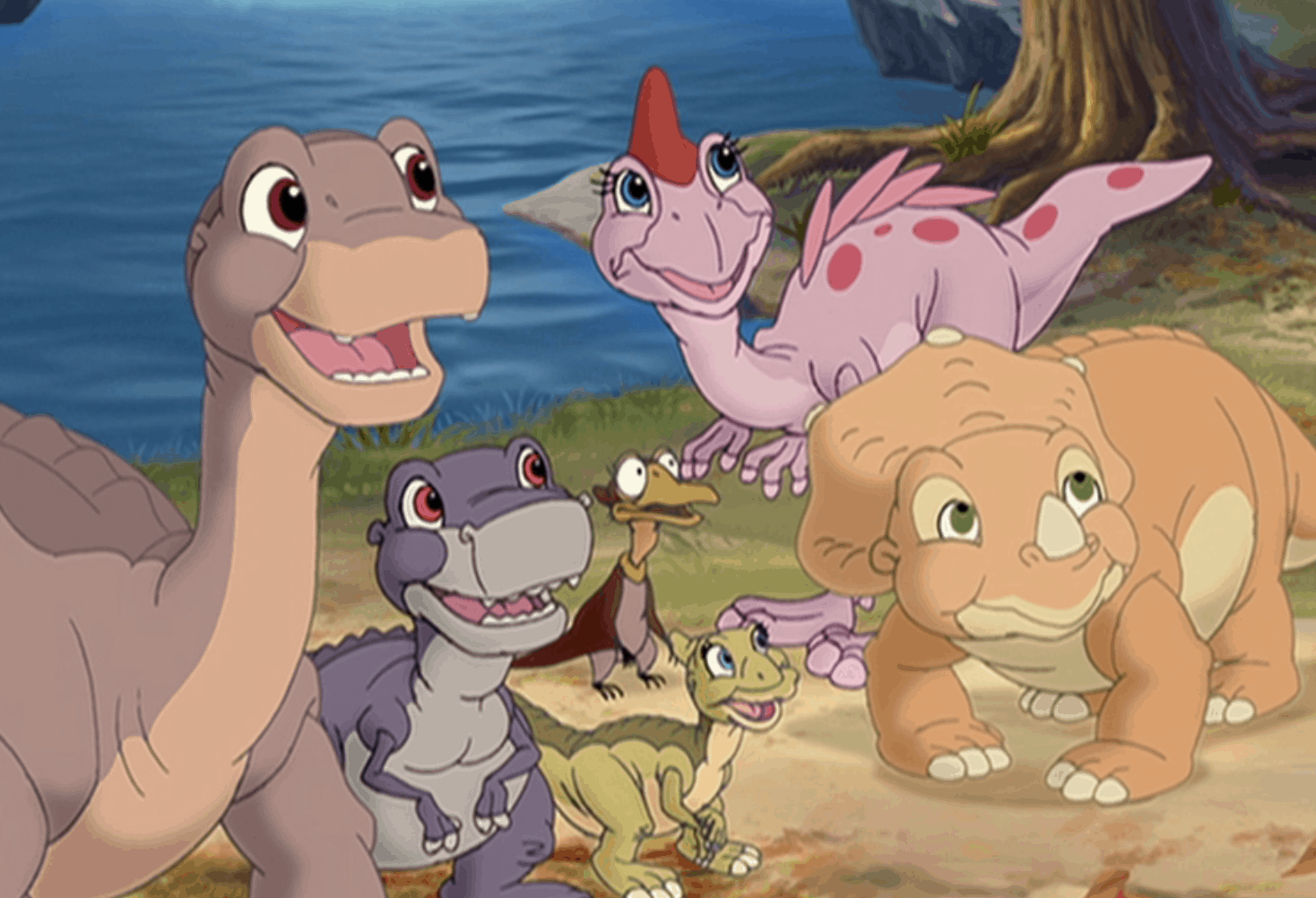
He meets goofy friends along the way, of course. There’s danger and all that. Really, it’s pretty boilerplate Disney stuff, except that it isn’t Disney at all. Littlefoot makes it in the end. His mom, of course, does not, and that’s the scene that continues to haunt us to this very day.
The scene: Sharptooth the Tyrannosaurus rex gives Littlefoot’s mom a fatal bite. (We’re aware that “sharptooth” is the dinosaur name for the species, but in the original film, it’s also treated as the name of this particular sharptooth. He is a sharptooth named Sharptooth, which is kind of like naming your dog “Dog,” but whatever.)
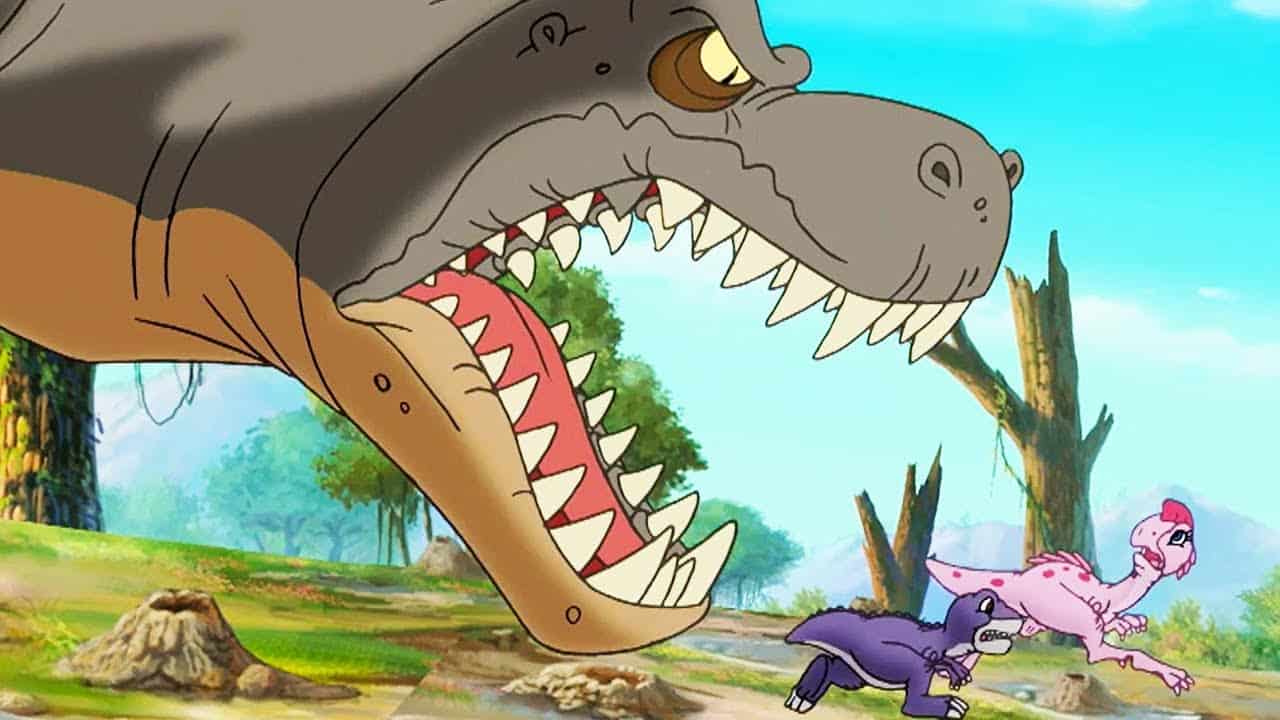
The tears don’t really start flowing until Littlefoot finds his mom lying on a rock in the drizzling rain. She starts going on about the Great Valley again, and Littlefoot is like, “Wait, you’re coming with me to the Great Valley, right?” And that’s when she says the thing that still gets us all misty-eyed.
“I’ll be with you, even if you can’t see me.”
Cue the waterworks.
Why it bothered us: Even as kids, we knew the mom wasn’t going to any Great Valley, unless you mean the Great Valley in the Sky. But Littlefoot doesn’t understand. Maybe he wills himself not to.
Anyway, the fact that Littlefoot doesn’t see that his mother is on her deathbed (or deathrock or whatever) gives the scene its tragic pathos. We know she’s not going to make it, and we brace ourselves for the moment Littlefoot realizes the sad truth, too.
This scene in THE LAND BEFORE TIME is one of the most poignant illustrations of grief in cinema. Little Foot, having witnessed his mother's death, chases his shadow through a canyon thinking it's her. The closer he gets, the more she shrinks. He goes to kiss her. And licks stone. pic.twitter.com/3fuG26GAUs
— Aaron Dries (@AaronDries) May 10, 2018
The scene is so sad that Bluth and his team considered cutting it entirely. Of course, that would leave them with a huge blank space where Littlefoot’s motivation should be, so they left it in. According to The Animated Films of Don Bluth by John Cawley, producers brought in psychologists to ensure they weren’t damaging children’s psyches for life.
It didn’t work.
Watch The Land Before Time on Amazon here.
4. The Hunchback of Notre Dame really shouldn’t have gone to that festival.
When Disney released The Hunchback of Notre Dame in 1996, the company knew that they were courting controversy. Heck, when your movie synopsis reads, “A deformed bellringer learns love and independence from a gypsy girl,” you probably know that you’re treading on thin ice.
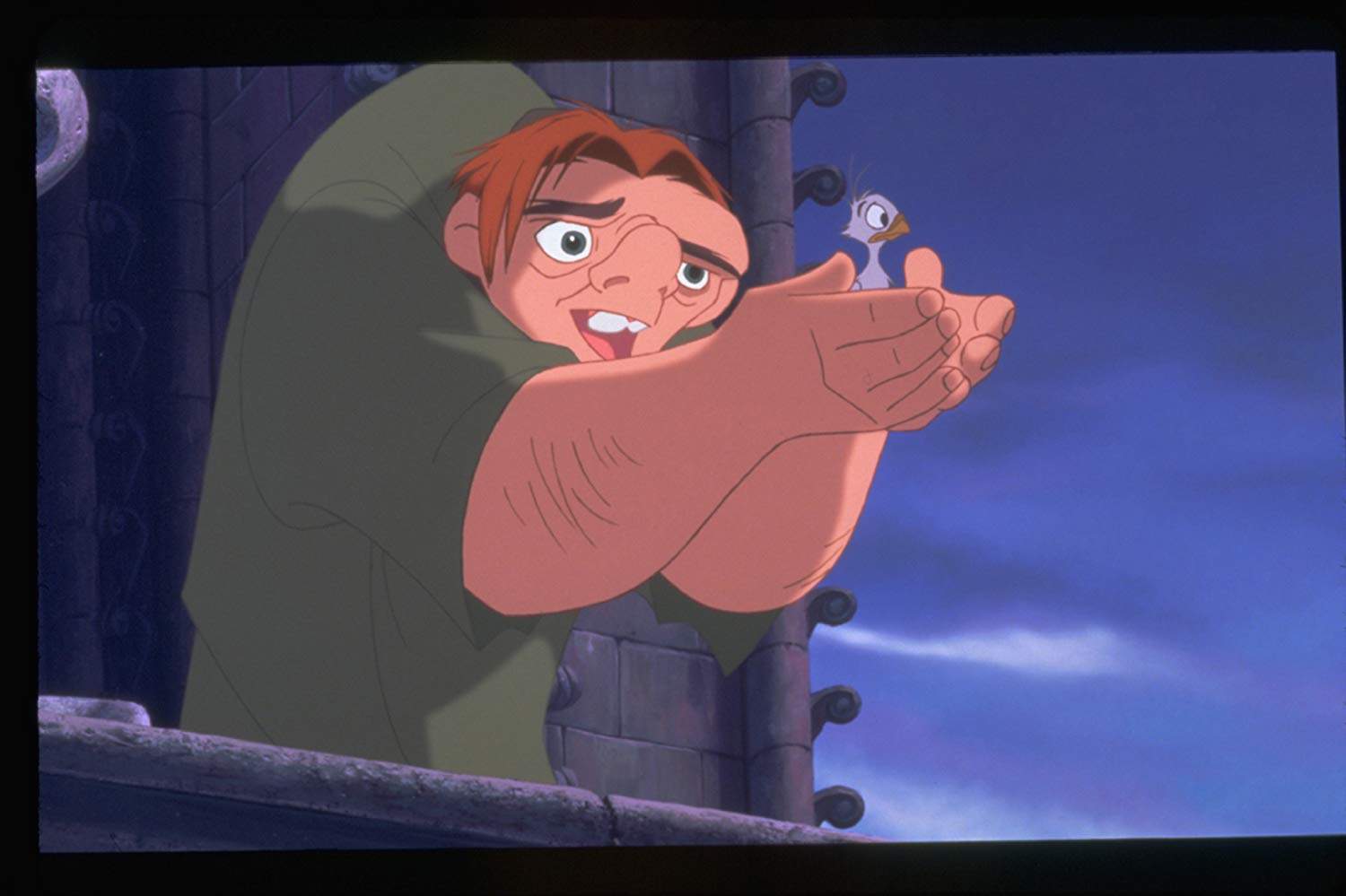
But while the film drew contemporary headlines for its adult themes and religious imagery, it actually managed to navigate difficult subjects fairly effectively. It portrays its hero, Quasimodo (the titular hunchback, which is a much less enjoyable phrase than titular toaster), as a kind, intelligent man, despite his unusual physical appearance.
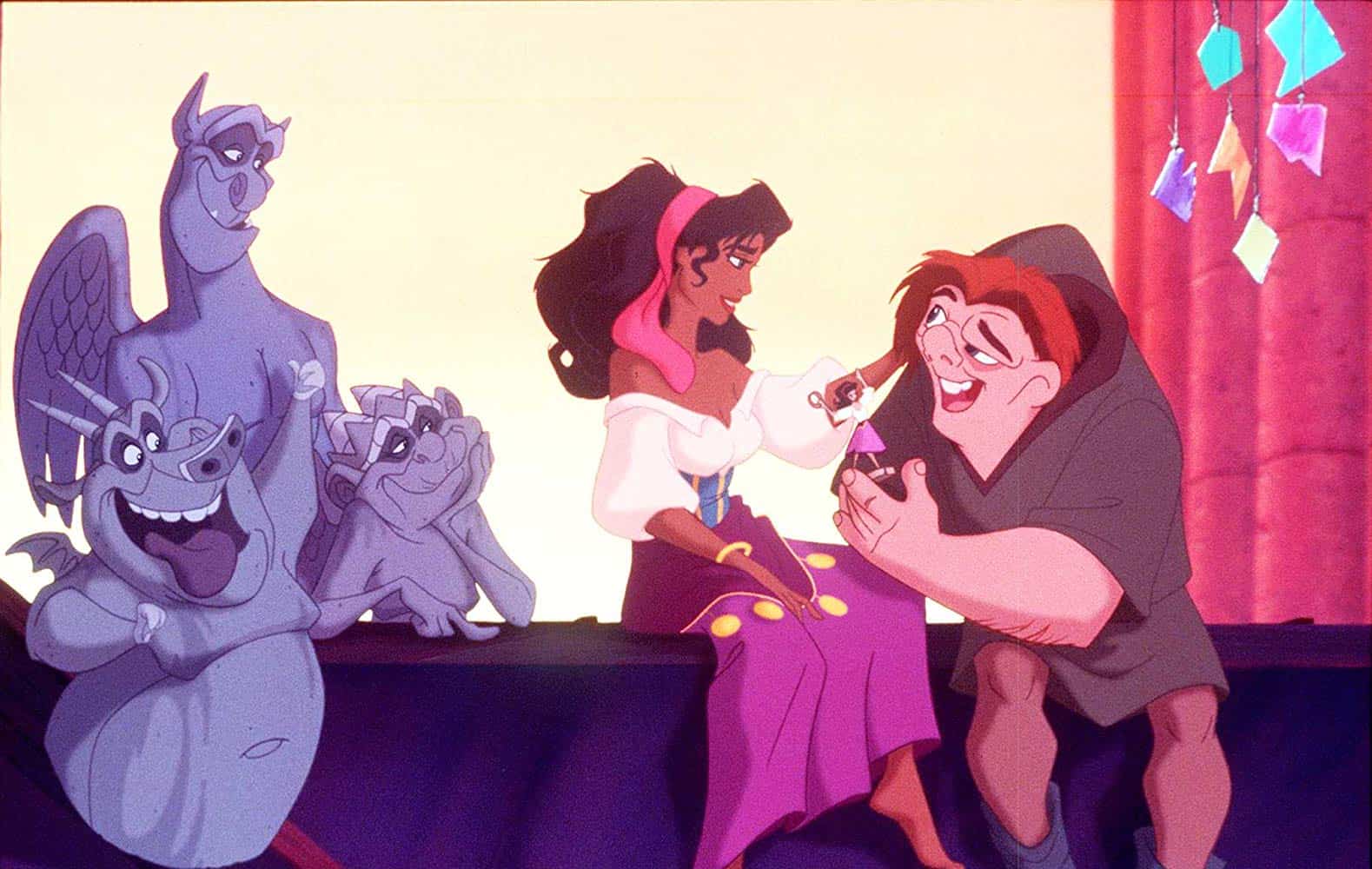
Unfortunately, it also contained one of the cruelest scenes in any Disney film.
The scene: The townspeople surround Quasimodo at the annual Festival of Fools, showering him with flowers while he dons a jester’s crown. For once in his life, he’s celebrated for his deformities rather than shunned, but given that this happens relatively early in the movie, it’s not too surprising that everything goes wrong almost immediately.
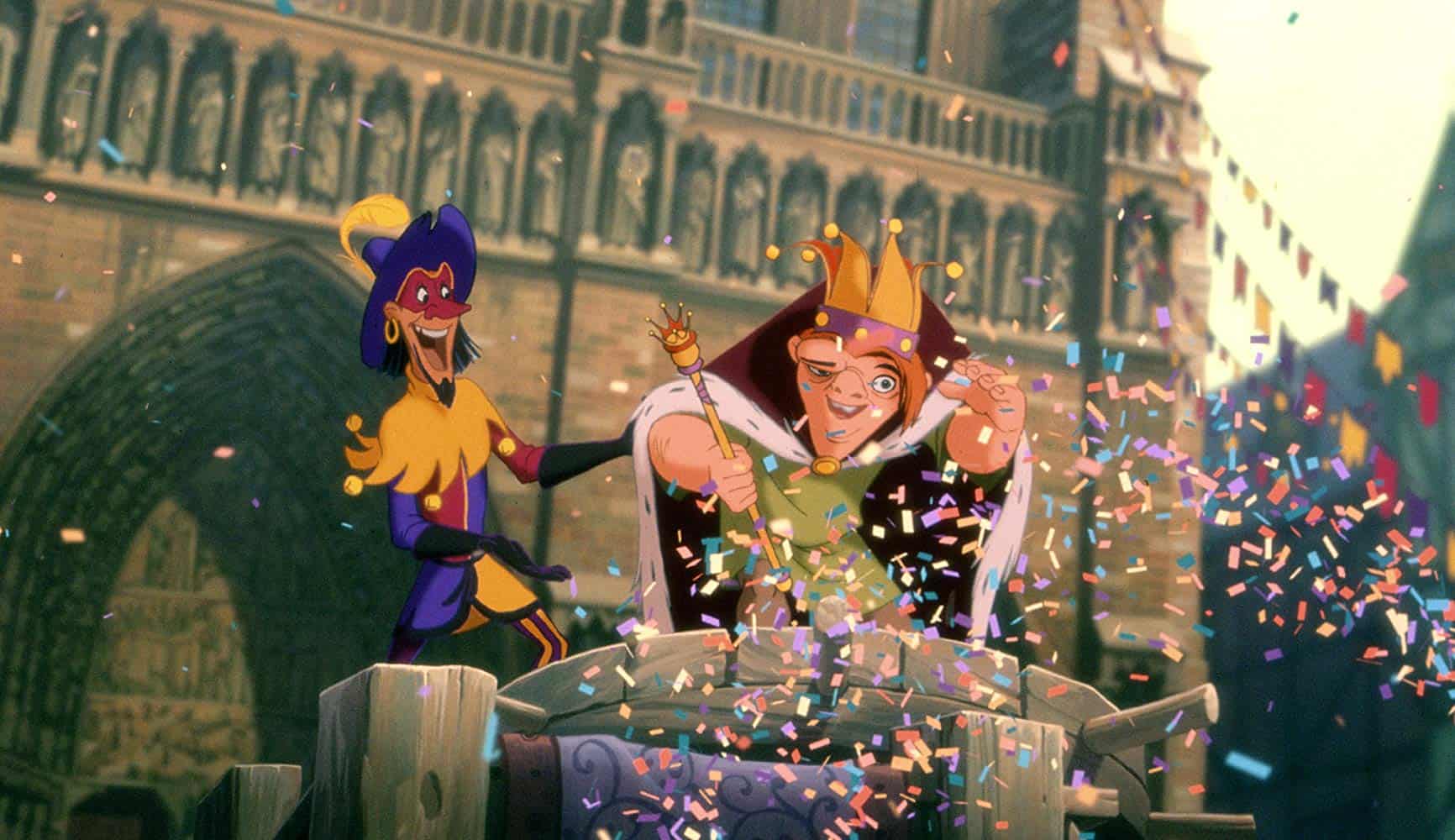
Out of nowhere, the guards start pelting him with rotten fruit—and the crowd joins in, since, well, it’s the Middle Ages, and they need something to do. They mock Quasimodo ruthlessly, tie him down with ropes, and torture him.
Why it bothered us: The Hunchback of Notre Dame is an old story, and its fundamental moral is that you shouldn’t judge someone based on their appearance. This is an important scene in that context, and it helps to establish the cruelty of the townspeople, so we understand why it’s in the film.
With that said, it’s a bit over the top. A few thrown tomatoes would have been heartbreaking, but not horrifying—but for some reason, the writers decided to make this one of the more heart-wrenching scenes in Disney history.
https://twitter.com/moore_claire/status/983610036525158400
We should note that the large crowd was generated by a computer, with six character models “assigned a combination of 72 specific movements” in a game-changing moment for CGI. Therefore, this wasn’t just a scene of abject misery, it was a groundbreaking scene of abject misery.
Watch The Hunchback of Notre Dame on Amazon here.
5. We’re still missing Mufasa from The Lion King.
Look, you can’t write a piece about sad movie moments without mentioning Mufasa. The “stampede scene” is so iconic that it topped one survey of the most memorable death scenes in film (the survey, by the way, was sponsored by a funeral home).
Mufasas death actually destroys my whole entire life man 💔
— abbie (@abbiedeans7) July 17, 2016
Interestingly, it’s also one of the 1994 film’s biggest plot holes; someone at Movie Plot Holes did the math and figured out that the stampede that ends Mufasa would have required 9,000 wildebeest, a ridiculously huge herd that couldn’t really exist in the wild. Of course, the film’s premise requires us to believe in talking lions, so maybe we shouldn’t hold it to real-world rules.
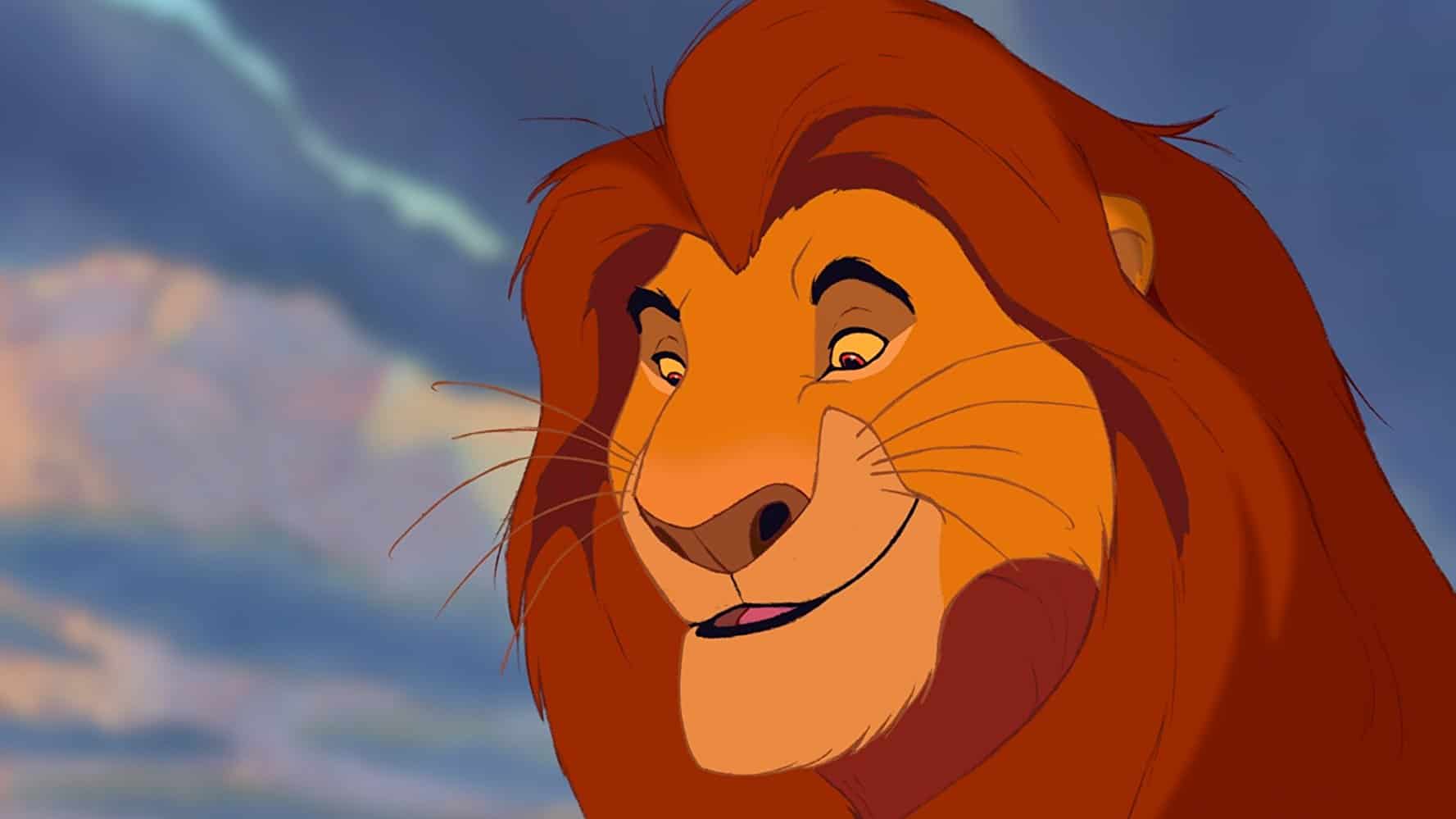
The scene: If you somehow missed The Lion King,or if you’ve blocked it out of your memory, here’s what happens: Simba, a princely lion cub, gets tricked by his evil uncle Scar into standing in the middle of a canyon. Scar causes a herd of (9,000) wildebeest to stampede, and Mufasa runs to the scene to save his son. He’s successful, and he manages to grip the side of a cliff, but when he reaches out to Scar for help…well, it doesn’t go so well.
In fact, we can’t even bring ourselves to watch the original scene again, so we’ll give you this excellent 3D remake instead.
As if that wasn’t enough, we’re also forced to watch while Simba finds Mufasa. The cub assumes that his father is sleeping, since he’s already struggling with the concept of mortality, and he cries while trying to hug Mufasa one last time.
We’re not crying, you’re crying.
Why it bothered us: It’s the pivotal scene in the film, and it was completely avoidable if Simba hadn’t been such a gullible little loser. Granted, Mufasa shows up later in the film as a ghost and tells his son to grow up—one of the film’s many allusions to Hamlet—but for the most part, he’s trampled right out of the plot, and for kids, it’s a profoundly sad moment.
I *had a very joyful, productive, and fulfilling work day.
*wept Mufasa-death-scene-tears in a bathroom stall.
— Zach Nading (@ZachNading_) September 12, 2018
Need some good news? Currently, Jon Favreau is working on a CGI remake of The Lion King, and James Earl Jones will reportedly reprise his role as Mufasa. That means that Jones will have to scream, “Scar! Brother! Help me!” again, and we’ll all get to cry more.
6. Macaulay Culkin deserves better than he got in My Girl.
The 1990s were a different time. Macaulay Culkin had yet to find his true calling, which turns out to be fronting a pizza-themed Velvet Underground cover band called The Pizza Underground. In 1991, Culkin was just a world-famous child actor, coming off of his breakout success in 1990’s Home Alone.
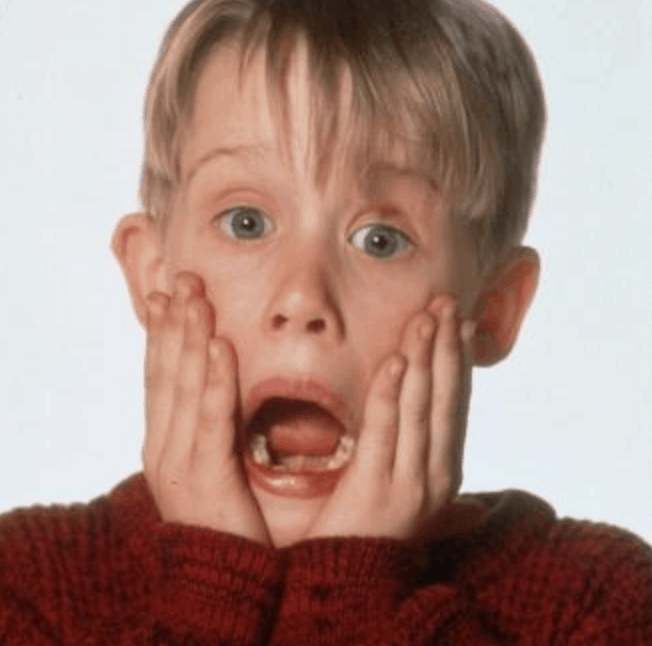
All comic actors have the moment where they cross over to drama. For Culkin, the moment came early. Following Home Alone, Culkin co-starred opposite Anna Chlumsky in My Girl, and our hearts have been broken ever since.
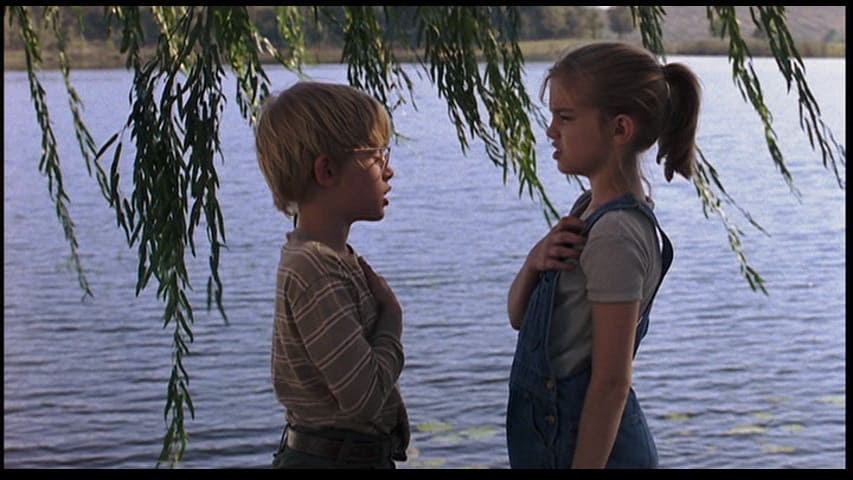
We actually begged our parents to let us see this film in the theaters since we were pretty big Home Alone fans. We expected a similarly light-hearted comedy, but then the mood rings and the bees came out, and…well.
The scene: Every ‘90s kid knows that Culkin’s character, Thomas, who has serious allergies, gets stung by a bunch of bees during a quest to find Vada’s missing mood ring. It’s curtains for Thomas and for our childhood innocence.
That’s bad enough, but then there’s the funeral scene. The filmmakers didn’t pull any punches. If you ever get pulled over for speeding and you need to scare up some tears to work the pity angle, just repeat these words to yourself: “He can’t see without his glasses.”
Why it bothered us: This funeral scene is one the most upsetting moments in all of film history, let alone a so-called children’s movie. The young Chlumsky deserves a lot of the credit. Her performance is heartrending. Where does a kid get the experience to portray such raw grief?
me when I'm describing the part in My Girl when Macauley Culkin gets killed by the bees https://t.co/yz8VL8ayWM
— alex halpern (@HalpernAlex) August 28, 2018
Speaking of kids, we don’t know how old you were when you saw My Girl, but it was too young. We’re pretty sure we’re still too young for the tough lessons this film has to teach, and we’re, like, Macaulay Culkin old. Introducing young audiences to mortality is one thing; showing them how much it hurts to lose someone you love is just brutal.
With that said, it’s still a great movie. It’s just that it doesn’t hold a candle to Home Alone 2: Lost in New York.
7. Homeward Bound: The Incredible Journey has a totally manipulative ending.
Okay, Homeward Bound, unleashed in 1993, wasn’t high art, but it was pretty fun for a live-action Disney movie. The plot centers around three pets: an American Bulldog named Chance (voiced by Michael J. Fox), an elderly Golden Retriever named Shadow (Don Ameche), and a Himalayan cat named Sassy (Sally Field). They believe that they’ve been left behind by their owners, so they set out on their own to make their way back home.
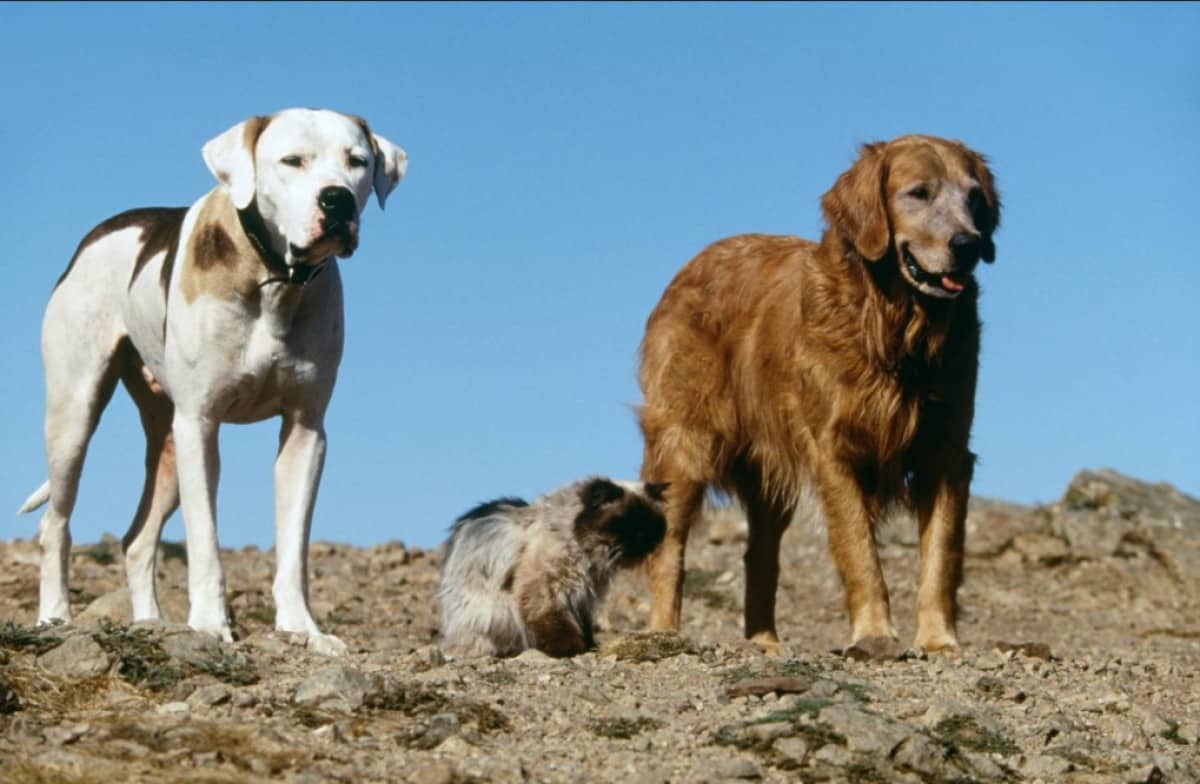
On the way, they have a bunch of wacky adventures, but we don’t really remember anything other than the penultimate scene.
The scene: The pets are almost home when Shadow falls down a hole. His body’s apparently broken, and after painfully attempting to crawl his way out, he tells Chance and Sassy to go on without him. As viewers, we’re forced to assume that he’s found his final resting place. Hey, it’s a ’90s kids movie—that’s not so far fetched.
After trying to convince him to try again, Sassy and Chance decide to move on. There’s plenty of whimpering and whining (and we’re referring to the audience, not the dogs).
“I have nothing more to give, Chance,” Shadow says, his eyes slowly closing, “and it’s time for you to be on your own … You’ve learned everything you need, Chance. Now all you need to learn is how to say ‘goodbye.'”
Why it bothered us: Nobody likes to think of a pet dying alone in a hole, but that’s exactly what Disney gave us. The filmmakers blatantly manipulate the audience’s emotions, and when we watched it as kids, it was difficult not to feel overwhelmed. After all, that was the entire point of the scene.
https://twitter.com/sydneysherrod/status/366663027329736705
Of course, there’s a happy ending, and if you’re really looking to shed a few tears, we’d recommend revisiting it. The rest of the animals make their way back to their family, and they celebrate; then, Shadow’s owner Peter realizes that his dog isn’t coming. He looks at the empty horizon for a few minutes, waiting in vain for his Golden Retriever to come bounding towards him.
“It’s too far. He was just too old,” the boy says, resigning himself to the fact that he’s seen his dog for the last time. Seriously, this is weighty stuff for a kids’ flick.
At the last possible second, Shadow shows up—pretty much inexplicably, since he’d just said that his leg was broken, but hey, Disney magic—and if you can watch the entire scene without tearing up, you probably don’t have a soul. It even works on pugs.
This is military-grade sales material for Kleenex, and while it’s melodramatic, it totally works; there wasn’t a dry eye in our theater.

